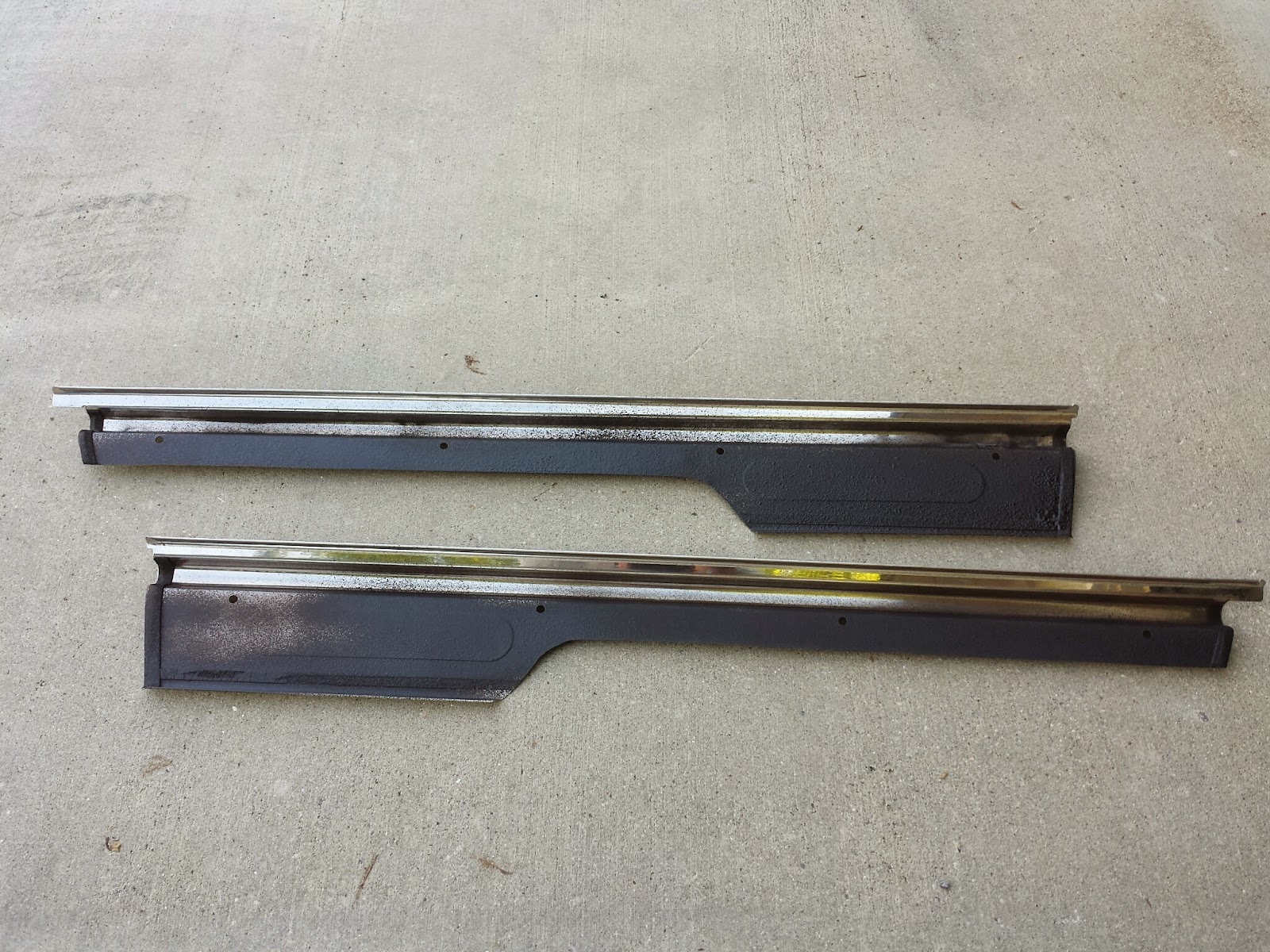 |
| Before |
Several years ago, I inherited a Weber Q barbecue from my friend Ryan, which has served me well ever since. He recently moved, and needed to get rid of another grill, which is nicer than the Q, so that meant an upgrade for me. The Q works fine, but I've never been thrilled with the way it cooks, so I was happy to get something else. However, it was in need of a little work, as was the incoming grill, so I spent pretty much a full day refurbishing both of them. I ended up selling the Q and using pretty much all the proceeds to buy parts for the new grill.
 |
| After |
I'm not sure I ever cleaned out the drippings from the Q.
 |
| Before |
 |
| Yum |
When I was done, the Q looked shockingly good. I even cleared out every hole in the burners to ensure an even flame for the future owner.
 |
| After |
This was a shockingly big project.
The new grill is a Weber Spirit 700 in serious need of some TLC.
 |
| Before |
The frame had some rust that needed to be addressed, but the main grill box was still sound.
 |
| Before |
The grill grates and the flavorizer bars were toast.
 |
| Before |
Even the stainless cabinet wasn't looking so hot.
 |
| Before |
I scraped all the rust off the frame, sanded it, then painted it with a couple coats of high temperature BBQ paint.
I ordered a bunch of new parts, including an igniter, burners, flavorizer bars, main grill grates, warming grate, and a cover. I bought high quality stainless steel items when possible. Amazon.com had everything I needed, at prices well below what Weber was charging. I made a
spiffy spreadsheet to help me decide which parts to buy.
 |
| New igniter and flavorizers. I'm holding off on installing the new burners. |
 |
| New grates. |
After scrubbing pretty much every part with my bare hands, I reassembled everything. I'm very pleased with the result.
 |
| After |
Although it's a bit wrinkly, the aftermarket cover fits well. I went with beige instead of black because I thought it would match the house better and also reflect the sun.

